| 開課班級Class: | 授課教師Teacher: | 學分數Credits: |
| 博熱農一A | 李栢浡 | 3 |
| 課程大綱Course Description: |
| This course will introduce development trends on international agriculture, and its topics include the state of global agriculture, agricultural development, food security and nutrition, climate change, farmland water scarcity and conservancy, agricultural product distribution, smart agriculture, agricultural finance, digital agriculture,farmers' organizations,one health approach, agricultural extension, agricultural science and technology, accession to WTO Impact on Agriculture and countermeasures. |
| English Outline: |
| The United Nation (UN) Sustainable Development Goals (SDGs) are a series of 17 goals for world development that directly or indirectly agricultural focus on end of poverty and hunger, food security and nutrition, sustainable agriculture, management of water, sustainable energy, sustained, inclusive and sustainable economic growth, resilient infrastructure, sustainable consumption and production patterns, climate change and its impacts, oceans, seas and marine resources, terrestrial ecosystems, forests, desertification, land degradation, biodiversity, peaceful and inclusive societies as well as global partnership,. In order to achieve the SDGs before the designated 2030 deadline, resource allocation must play a critical role in the organization of global society. This course on agricultural development aims to teach students to understand trends in international agricultural development. The key contemporary issues in international agriculture and development – including food security, food safety, poverty reduction, climate change, greenhouse gas (GHG) emissions, the effects of the financial crisis on agricultural development, food crises and food aid etc. The international agriculture and development highlights two major regional challenges, which are sub-Saharan Africa and South Asia. Agricultural productivity growth is vital for stimulating growth in other parts of the economy, but accelerated growth requires a sharp productivity increase in small holder farming combined with more effective support to the millions coping as subsistence farmers, many of them in remote areas. The success will also depend on concerted action by the international development community to confront the challenges ahead. We must level the playing field in goods, such as technologies for tropical food staples; help developing countries address climate change; and overcome looming health pandemics for plants, animals, and humans. |
| 本科目教學目標Course Objectives: |
| 1.培育熱帶農業研發管理高階人才。 To provide advanced training on R&D and management in tropical agriculture. 2.養成技術研發與解決問題之獨立思考邏輯。 To incubate the independent logical thinking in technological R&D and problem-solving. 3.研發整合農業生產及管理技術,促成國際合作與發展。 To integrate agricultural productions and management skills, and to facilitate international cooperation and development. |
| 教學型態Teaching Models: | 成績考核方式Grading: |
| 課堂教學+小組討論 | 平時成績General Performance:40% 期中考Midterm Exam:30% 期末考Final exam:30% 其它 Other: |
| 參考書目Textbooks/References: |
| 1. Pai Po Lee (2022), Development Trends of International Agriculture, National Pingtung University of Science and Technology. 2. Pai Po Lee (2022), Agricultural Policy and Economic Development, National Pingtung University of Science and Technology. |
| SDGs指標: |
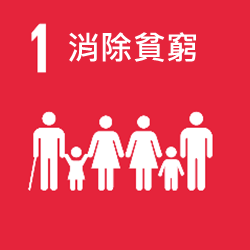 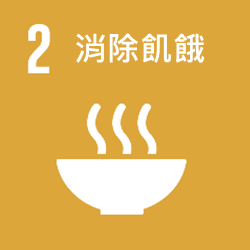 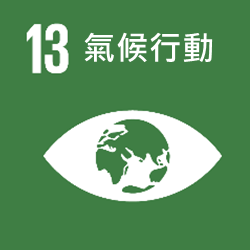 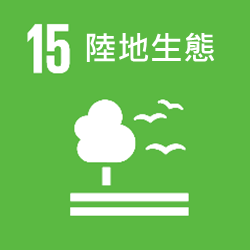 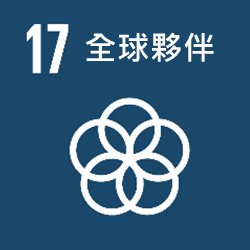 |
| UCAN職業項目: |
| 課程更新狀態: | 課程匯入時間Import Time:2023-07-04 11:00:26 |
| 最後更新時間Last Modified:2023-08-27 10:29:02,更新人modified by:李栢浡 |